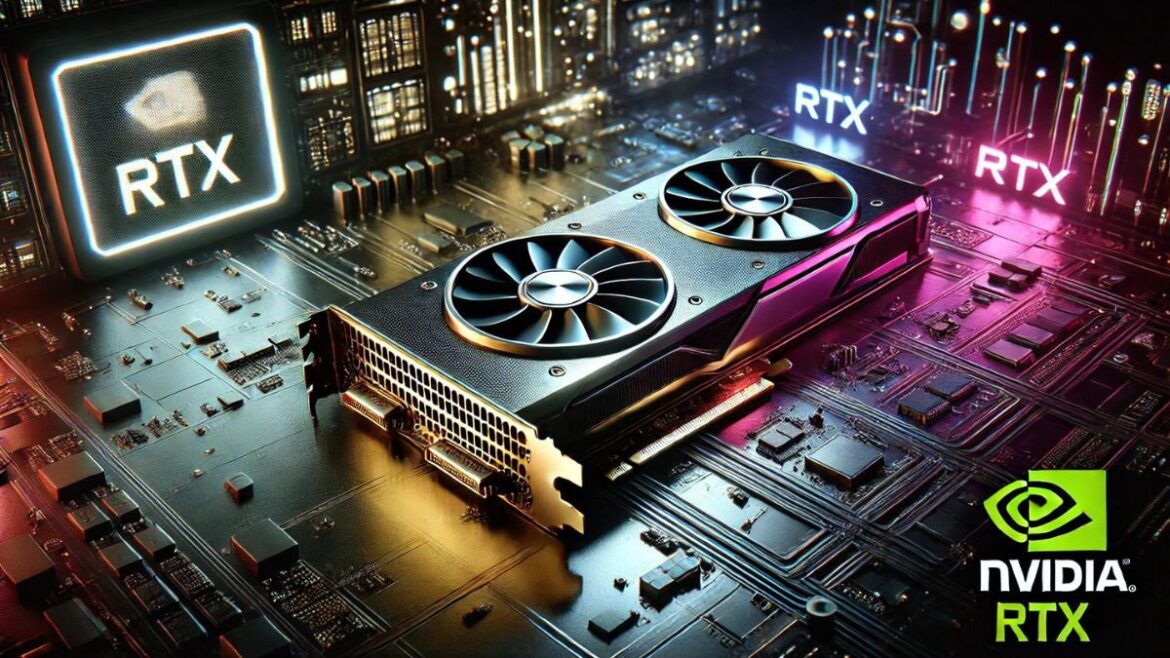Holy smokes, fellow gamers! Remember when we thought PlayStation 2 graphics were mind-blowing? Well, hold onto your controllers because NVIDIA RTX Architecture is here to melt our brains in 2024! I’m not kidding when I say this tech is a total game-changer. Get this: NVIDIA claims that RTX-enabled games can see up to a 100% performance boost compared to previous generations. That’s like upgrading from a bicycle to a supersonic jet!
In this article, we’re diving headfirst into the wild world of NVIDIA RTX Architecture. We’ll explore how this tech is transforming our favorite pastime and pushing the boundaries of what’s possible in gaming. From ray tracing that’ll make you question reality to AI-powered DLSS that’ll supercharge your framerates, we’ve got it all covered. So, grab your favorite energy drink, and let’s geek out over some seriously next-level graphics tech!
What is NVIDIA RTX Architecture?
Alright, let’s break it down! NVIDIA RTX Architecture is the secret sauce behind the latest GeForce RTX series graphics cards. It’s like the Avengers of GPU tech, bringing together a dream team of cutting-edge features to deliver mind-blowing gaming experiences.
At its core, RTX Architecture is built on three main pillars:
- Real-time ray tracing: This bad boy simulates how light behaves in the real world, giving us insanely realistic reflections, shadows, and lighting.
- AI-powered DLSS (Deep Learning Super Sampling): Think of it as a performance-enhancing energy drink for your games, boosting FPS without sacrificing quality.
- Programmable shaders: These flexible little workhorses handle all sorts of graphics tasks, making your games look smoother and more detailed than ever.
Together, these components work in harmony to create a GPU powerhouse that’s revolutionizing the way we experience games. It’s not just about prettier graphics – it’s about creating more immersive, responsive, and realistic virtual worlds.
Ray Tracing: The Game-Changer in RTX
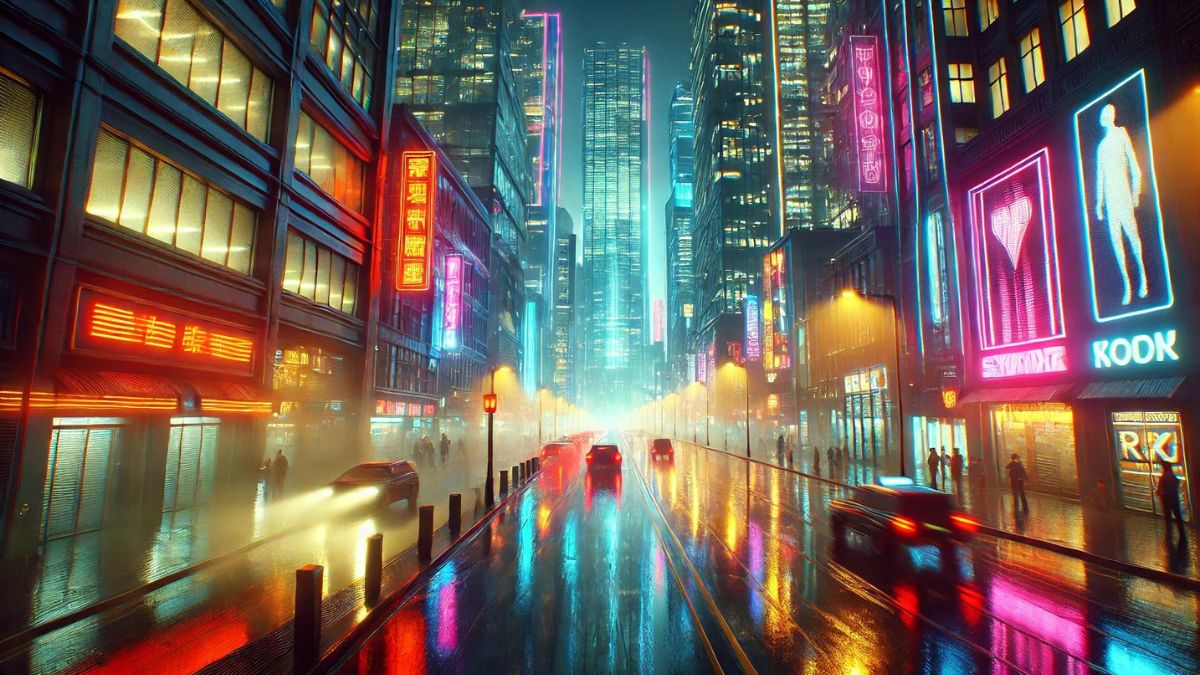
Okay, gamers, let’s talk about the holy grail of graphics tech: real-time ray tracing. It’s the crown jewel of NVIDIA RTX Architecture, and trust me, it’s not just another buzzword – this is the real deal!
So, what’s the big deal about ray tracing? Imagine if your game could simulate every beam of light, just like in the real world. That’s exactly what ray tracing does! It calculates how light bounces off surfaces, creating ultra-realistic reflections, shadows, and lighting effects that will make your jaw drop.
Here’s why it’s a total game-changer:
- Reflections that make sense: No more weird, static reflections. With RTX, you’ll see accurate, dynamic reflections of the entire game world.
- Shadows that’ll creep you out: Forget about those blocky, unrealistic shadows. Ray-traced shadows are soft, and detailed, and react to multiple light sources.
- Global illumination on steroids: Light bounces around naturally, creating a more vibrant and lifelike environment.
The best part? NVIDIA’s RTX cards have dedicated ray tracing cores, so you can enjoy all this eye candy without nuking your framerate. Games like “Cyberpunk 2077” and “Metro Exodus” showcase just how incredible ray tracing can be. Once you see it in action, there’s no going back!
DLSS: Boosting FPS with AI Magic
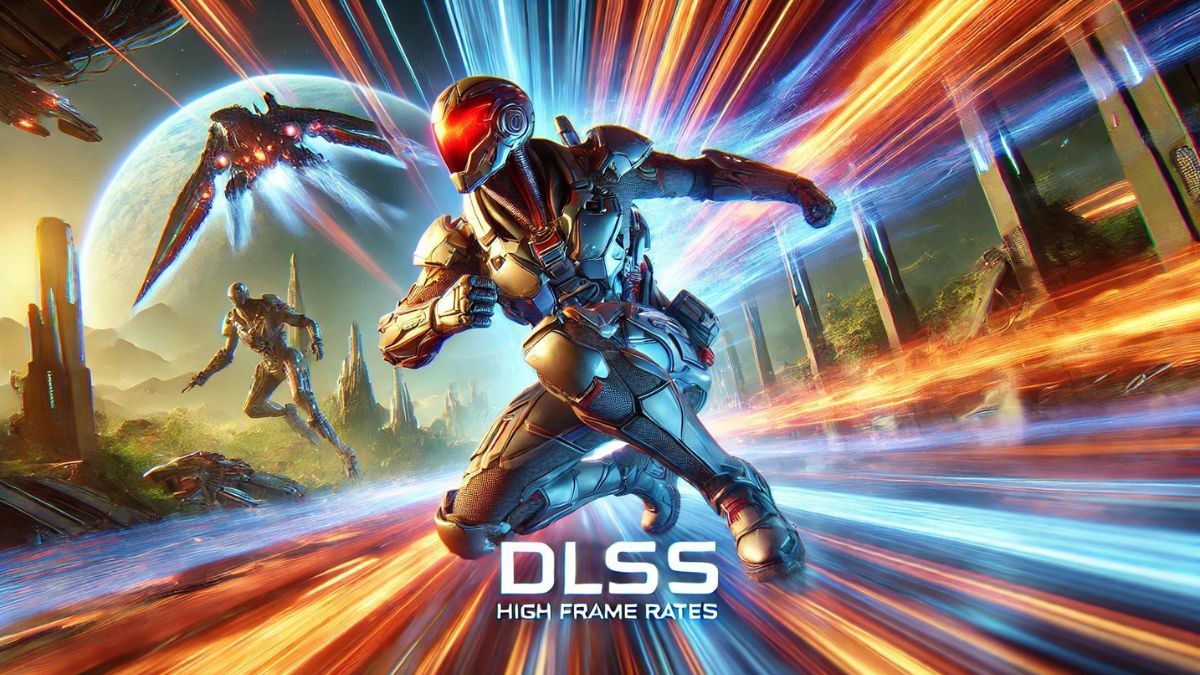
Hold onto your GPUs, folks, because we’re about to talk about some serious wizardry: DLSS, or Deep Learning Super Sampling. This AI-powered sorcery is a key part of NVIDIA RTX Architecture, and it’s here to save your framerates!
So, what’s DLSS all about? In simple terms, it’s like having a tiny AI artist inside your GPU, working overtime to make your games look amazing while boosting performance. Here’s how it works its magic:
- Renders the game at a lower resolution (saving precious GPU power)
- Uses AI to upscale the image to your target resolution
- Adds extra details and sharpness along the way
The result? You get higher FPS without sacrificing image quality. In fact, in some cases, DLSS can make games look even better than native-resolution rendering!
DLSS has evolved, and the latest version, DLSS 3, is an absolute game-changer. It can generate entire new frames, potentially doubling or even tripling your framerates in supported games. Imagine playing your favorite graphically intensive game at 4K, with ray tracing on, and still getting silky-smooth 60+ FPS. That’s the power of DLSS!
Games like “Cyberpunk 2077,” “Red Dead Redemption 2,” and “Microsoft Flight Simulator” showcase just how incredible DLSS can be. It’s not just a performance boost – it’s like free FPS for your favorite games!
Related:
NVIDIA RTX 4070 Super vs RTX 4070: A Comprehensive Comparison
Tensor Cores: Powering AI in Your GPU
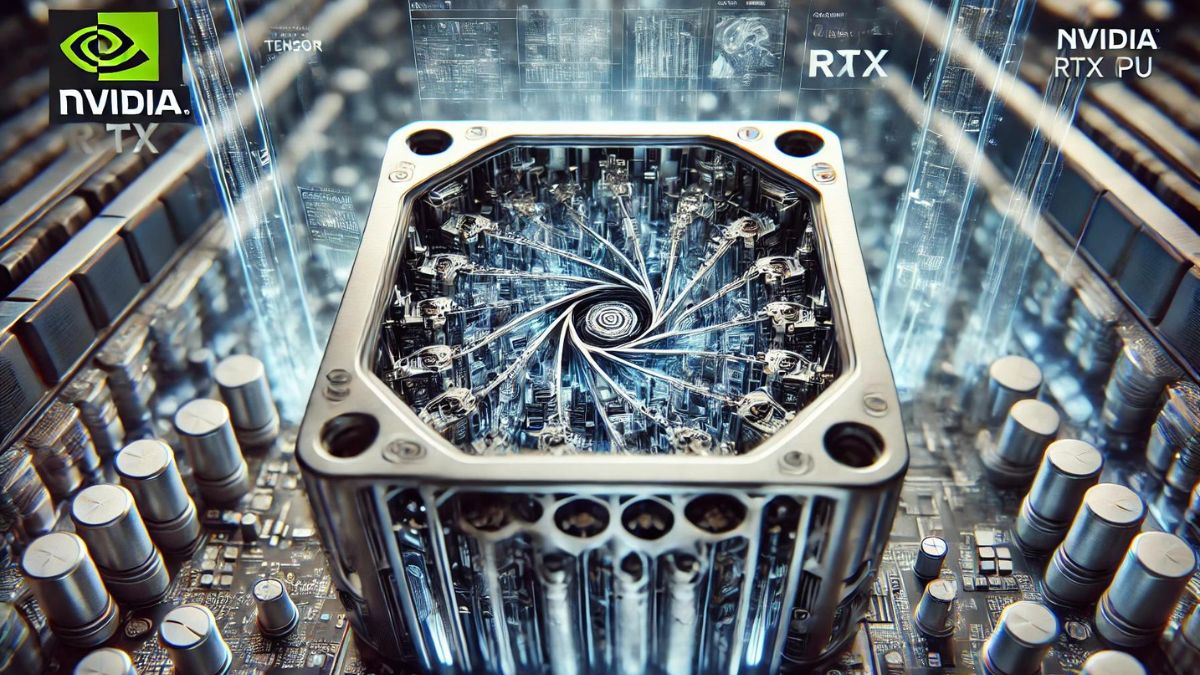 Alright, tech enthusiasts, let’s geek out about Tensor Cores – the unsung heroes of NVIDIA RTX Architecture! These specialized processing units are like having a mini supercomputer dedicated to AI tasks right in your GPU.
Alright, tech enthusiasts, let’s geek out about Tensor Cores – the unsung heroes of NVIDIA RTX Architecture! These specialized processing units are like having a mini supercomputer dedicated to AI tasks right in your GPU.
But why do we need AI in our graphics cards? Well, Tensor Cores are the secret sauce behind the mind-blowing DLSS technology we just talked about. They crunch the numbers for all that AI upscaling magic, giving you those sweet, sweet FPS gains.
But that’s not all! Tensor Cores also power other cool RTX features:
- AI denoising for cleaner ray-traced images
- NVIDIA Broadcast for background blur and noise removal in streams
- RTX Voice for crystal-clear audio in your gaming sessions
The best part? While these cores are working hard on AI tasks, the rest of your GPU is free to focus on pumping out those gorgeous graphics. It’s like having a dedicated co-pilot for your gaming adventures!
RTX IO: Lightning-Fast Game Loading
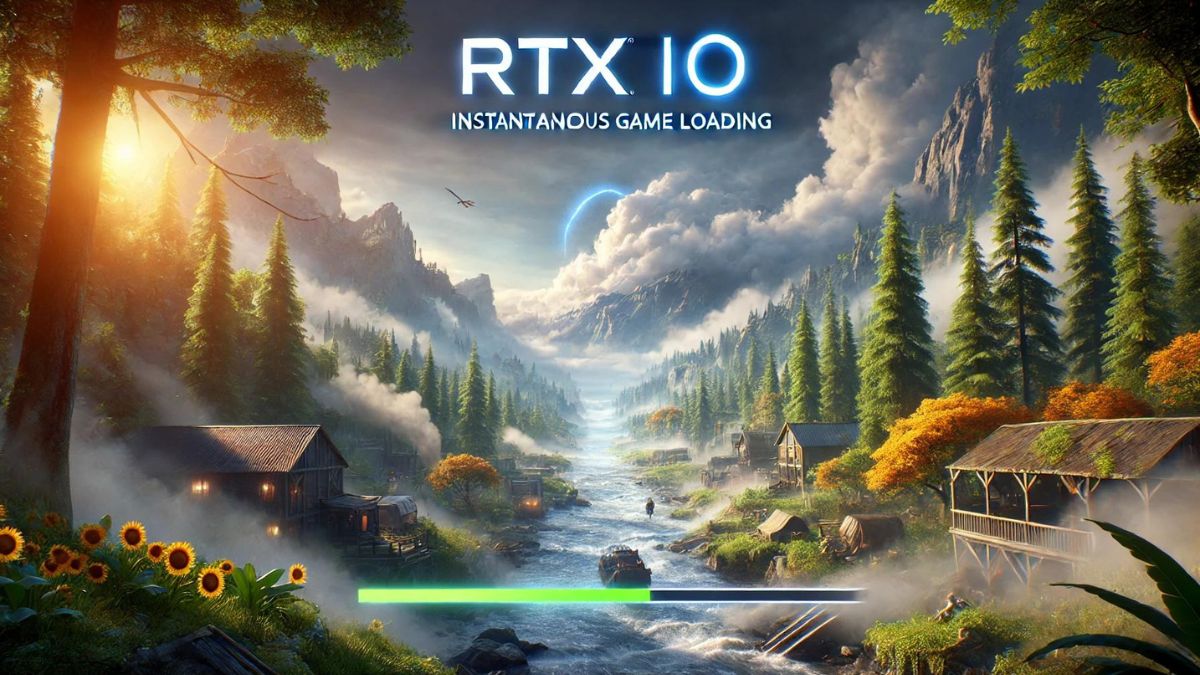 Say goodbye to those painfully long loading screens, gamers! NVIDIA RTX Architecture brings us RTX IO, and it’s about to make waiting a thing of the past.
Say goodbye to those painfully long loading screens, gamers! NVIDIA RTX Architecture brings us RTX IO, and it’s about to make waiting a thing of the past.
RTX IO is like strapping a rocket to your game data. It works hand-in-hand with Microsoft’s DirectStorage API to revolutionize how games load assets. Here’s the lowdown:
- Bypasses the CPU bottleneck: Data goes straight from your SSD to your GPU’s memory.
- Decompresses data at warp speed: Uses your GPU’s power to unpack game assets super fast.
- Streamlines asset loading: Say goodbye to texture pop-in and hello to seamless open worlds.
What does this mean for you? Faster load times, smoother gameplay, and more detailed environments without the wait. Imagine jumping into your favorite open-world game and experiencing zero-loading screens as you explore. That’s the RTX IO dream, and it’s becoming a reality!
With RTX IO, NVIDIA is not just changing how we see games, but how we experience them from the moment we hit “Play.”
Top Games Showcasing RTX Features
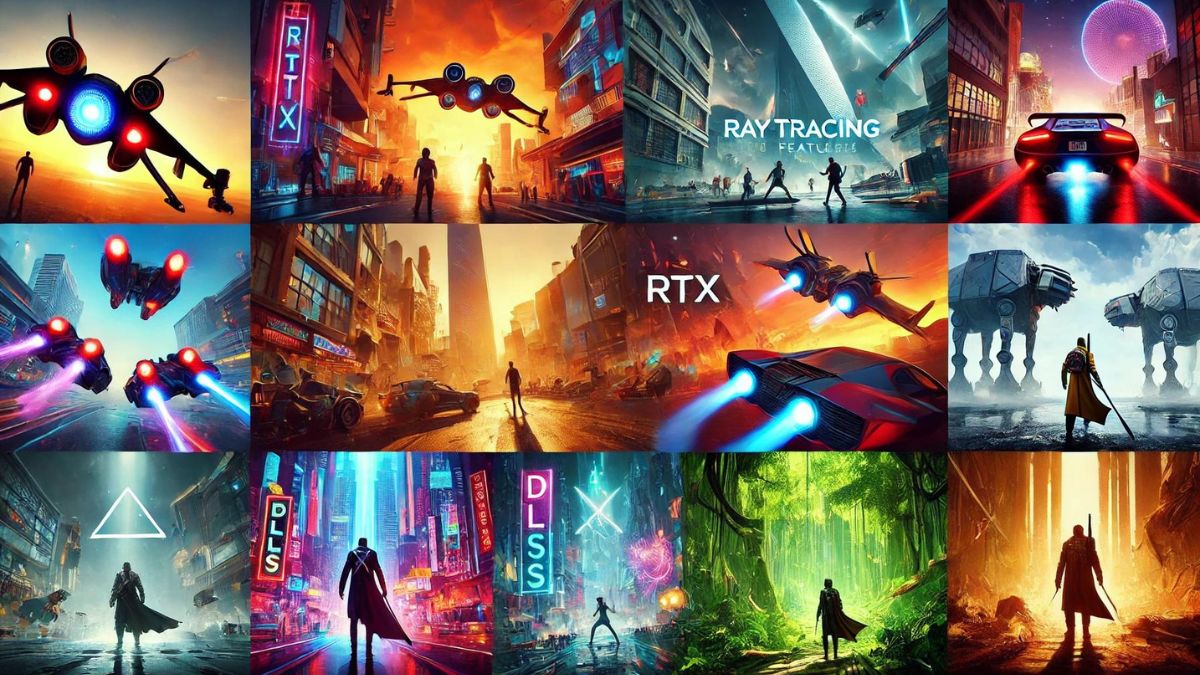 Alright, fellow gamers, let’s dive into the good stuff – the games that show off what NVIDIA RTX Architecture can do! These titles will make your eyeballs dance with joy and your frames soar to new heights.
Alright, fellow gamers, let’s dive into the good stuff – the games that show off what NVIDIA RTX Architecture can do! These titles will make your eyeballs dance with joy and your frames soar to new heights.
- Cyberpunk 2077: This futuristic RPG is practically the poster child for RTX. Night City’s neon-soaked streets come alive with ray-traced reflections, shadows, and global illumination. Plus, DLSS keeps your FPS smooth even with all the eye candy cranked up.
- Control: Talk about mind-bending! This supernatural action game uses ray tracing for eerily realistic reflections and debris. The Oldest House has never looked so good – or so creepy.
- Minecraft RTX: Who knew blocks could look this good? Ray tracing transforms this classic into a visual masterpiece with realistic lighting, reflections, and shadows.
- Metro Exodus Enhanced Edition: Post-apocalyptic Russia gets a serious glow-up with fully ray-traced lighting. The atmosphere is so thick you could cut it with a knife.
- Fortnite: Yes, even this cartoony battle royale gets the RTX treatment! Ray-traced reflections and shadows add a new layer of depth to the colorful world.
- Watch Dogs: Legion: Ray-traced reflections make rainy London streets look so real, that you’ll feel like you need an umbrella.
- Call of Duty: Warzone: DLSS gives you that competitive edge, boosting your FPS without sacrificing visual quality.
Remember, these are just a few examples. More and more games are jumping on the RTX bandwagon, pushing the boundaries of what’s possible in gaming graphics. It’s an exciting time to be a gamer, folks!
Future of Gaming with NVIDIA RTX
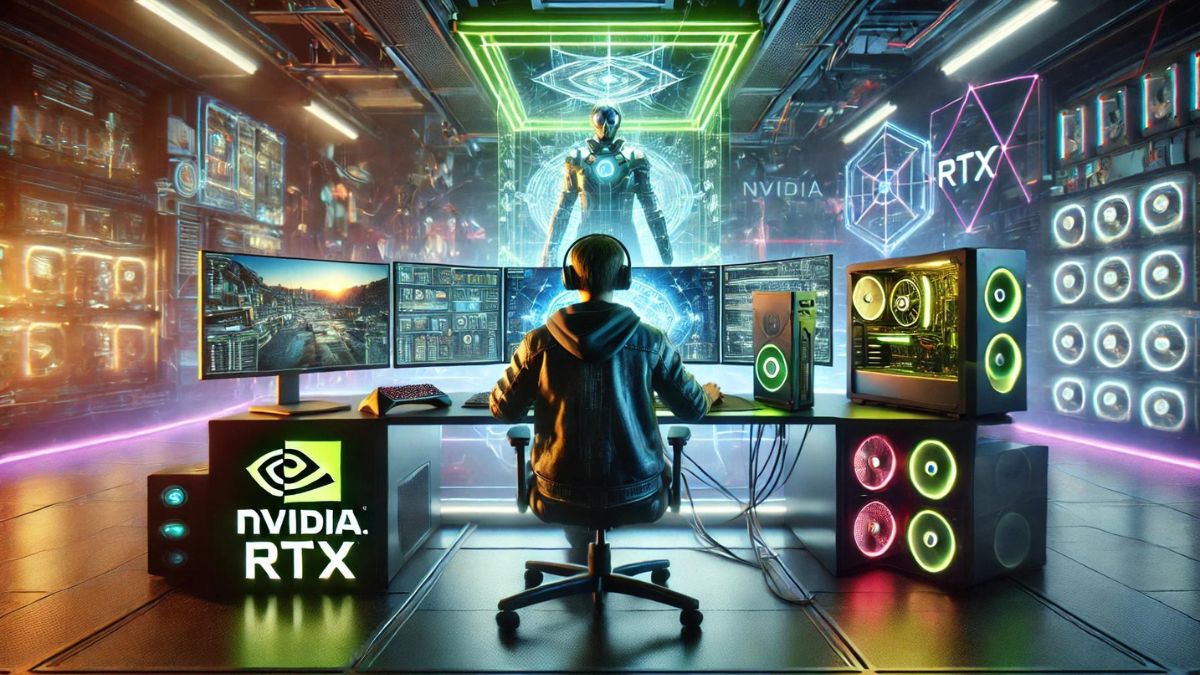 Hold onto your GPUs, because the future of gaming with NVIDIA RTX Architecture is looking brighter than a ray-traced sunset!
Hold onto your GPUs, because the future of gaming with NVIDIA RTX Architecture is looking brighter than a ray-traced sunset!
First up, we’re seeing RTX features becoming the new standard. As more developers jump on board, expect ray tracing and DLSS to be commonplace in upcoming AAA titles. This means more immersive worlds, more realistic lighting, and butter-smooth performance across the board.
But NVIDIA isn’t stopping there. They’re pushing the envelope with some mind-blowing tech:
- Path tracing: Think of it as ray tracing on steroids. It simulates light even more accurately, potentially revolutionizing game graphics yet again.
- AI-generated content: Imagine NPCs with more realistic behaviors or dynamically generated environments. RTX’s AI capabilities could make this a reality.
- Advanced physics simulations: RTX could power more realistic destruction, fluid dynamics, and particle effects.
And let’s not forget about VR and AR! As these technologies evolve, RTX Architecture could be the key to creating virtual worlds that are indistinguishable from reality.
The best part? As RTX technology matures, we’ll likely see these features trickle down to more affordable GPUs. The future of gaming is bright, my friends, and it’s ray-traced all the way!
FAQ: Your RTX Questions Answered
- Q1: Do I need an RTX card to play games with ray tracing?
- A: While RTX cards are optimized for ray tracing, some newer GTX cards can run basic ray tracing. However, an RTX card is recommended for the best performance and full feature set.
- Q2: How much of a performance hit does ray tracing cause?
- A: Ray tracing can be demanding, but the impact varies by game and settings. With DLSS enabled, many games can maintain high framerates even with ray tracing on. It’s all about finding the right balance for your setup.
- Q3: Is DLSS just fancy upscaling?
- A: DLSS is much more than simple upscaling. It uses AI to intelligently reconstruct images, often resulting in quality that matches or even exceeds native resolution rendering, all while boosting performance.
- Q4: Can I use RTX features on any monitor?
- A: Yes! While a high refresh rate and HDR-capable monitor will show off RTX features best, you can enjoy ray tracing and DLSS on any display compatible with your RTX GPU.
- Q5: Are RTX cards only good for gaming?
- A: Not at all! RTX cards excel in content creation tasks like video editing, 3D rendering, and AI workloads. The same features that make games look great can accelerate professional applications too.
- Q6: How do I know if a game supports RTX features?
- A: Look for mentions of “RTX,” “ray tracing,” or “DLSS” in the game’s specifications or settings. NVIDIA also maintains a list of RTX-compatible games on its website.
- Q7: Is RTX worth the extra cost over GTX cards?
- A: RTX is worth considering if you’re a gamer who wants the best visual quality and performance, especially for future games. The added features and longevity can justify the price for many enthusiasts.
Remember, the world of GPUs is always evolving, so keep an eye out for the latest news and updates from NVIDIA. RTX technology is pushing the boundaries of what’s possible in gaming, and we can’t wait to see what comes next!
Conclusion: The RTX Revolution
Well, fellow gamers, we’ve just taken a whirlwind tour of NVIDIA RTX Architecture, and what a ride it’s been! From the mind-blowing realism of ray tracing to the FPS-boosting wizardry of DLSS, it’s clear that RTX is changing the game – literally.
Let’s recap the awesomeness we’ve discovered:
- Ray tracing that makes games look so real, you might forget you’re playing
- DLSS technology that’s like having a magic FPS boost button
- Tensor Cores powering AI features we never knew we needed
- RTX IO promises to make loading screens a distant memory
- A growing library of games that showcase what RTX can do
As we look to the future, it’s exciting to think about where NVIDIA RTX Architecture might take us next. Will we see virtual worlds indistinguishable from reality? AI-powered NPCs that behave like real people? The possibilities are endless!
Whether you’re a hardcore gamer pushing for every last frame, a content creator looking for that extra edge, or just someone who appreciates stunning graphics, NVIDIA RTX has something for you. It’s not just about better graphics but more immersive, responsive, and enjoyable gaming experiences.
So, are you ready to join the RTX revolution? Trust me, once you see those ray-traced reflections and feel that DLSS smoothness, there’s no going back. Game on, friends!
